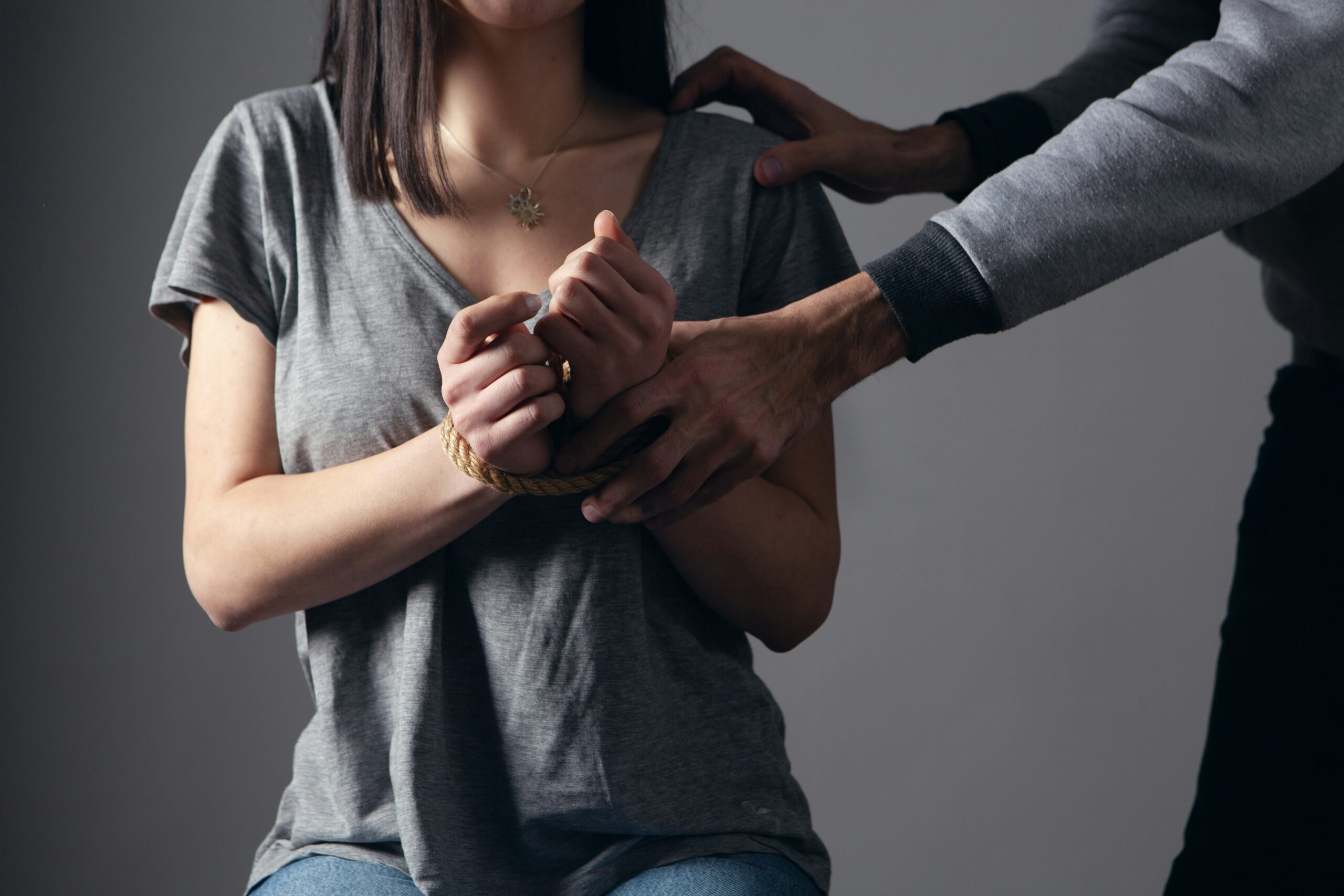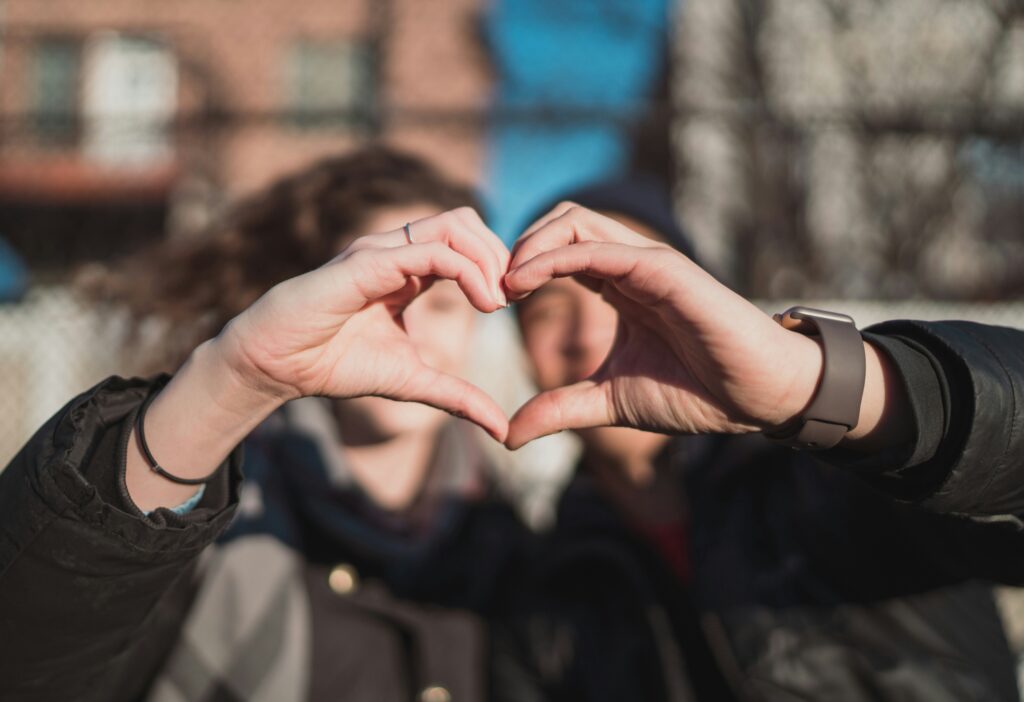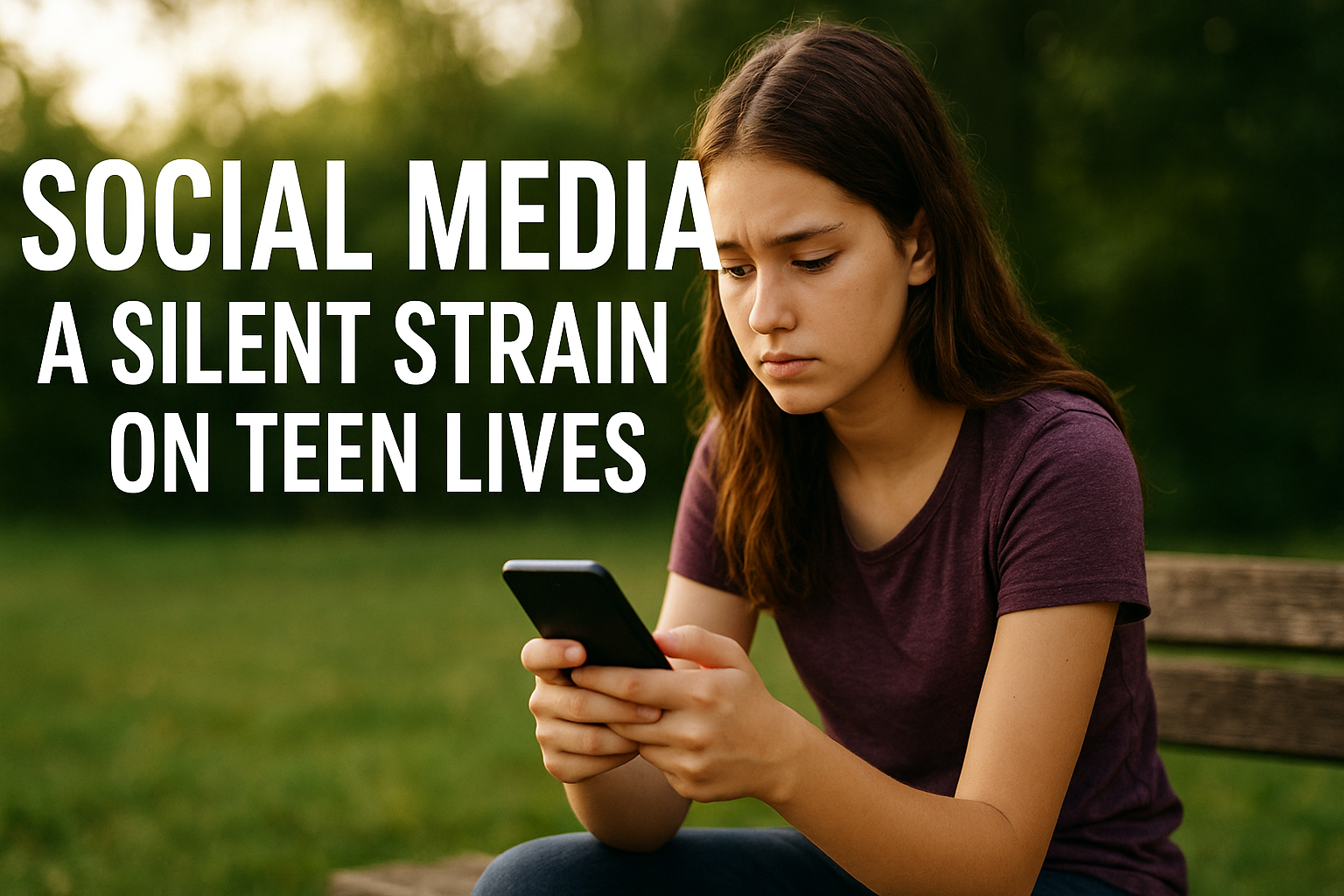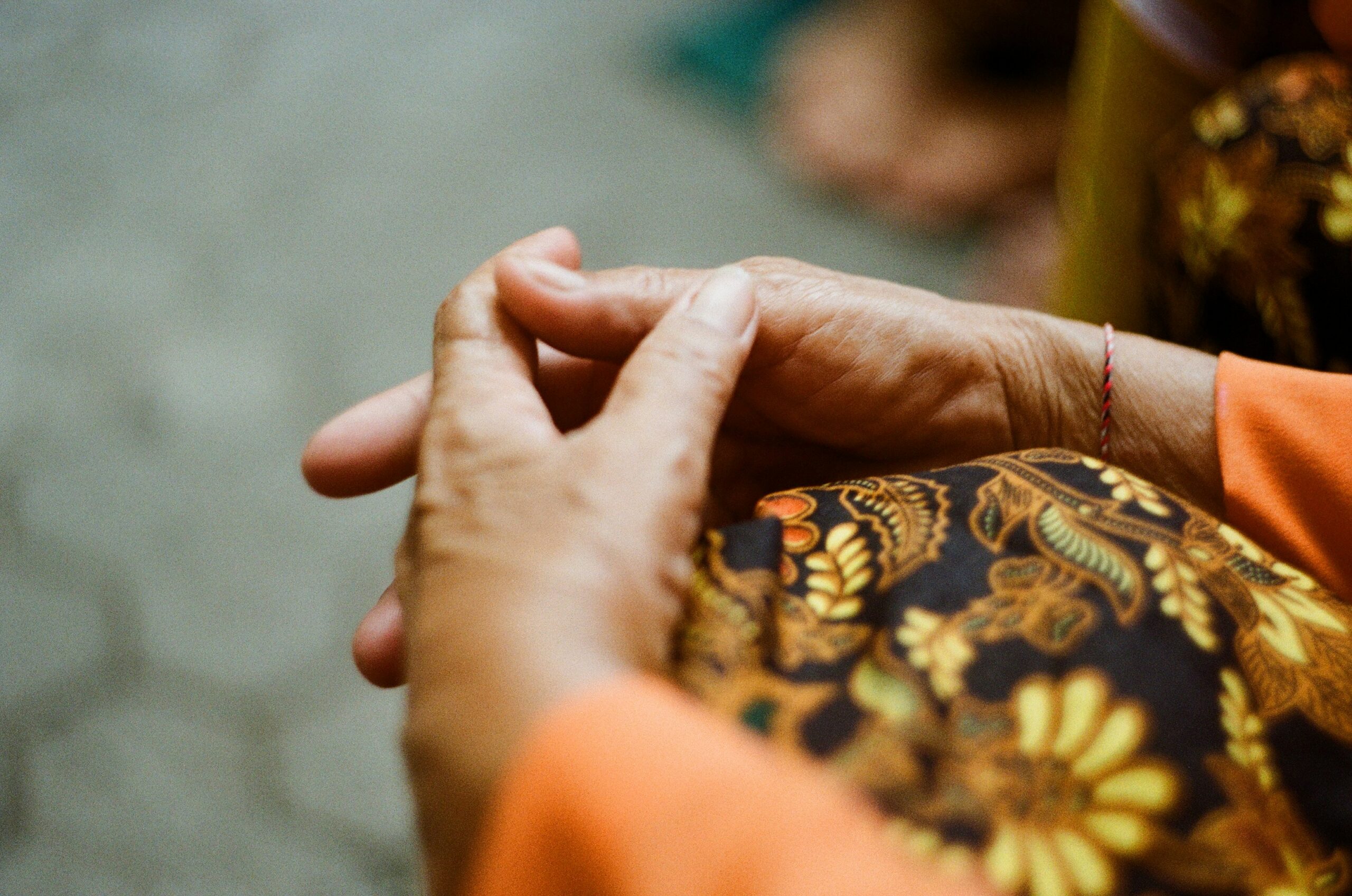Self-Development
Inside Out Safety: The Subtle Reasons Behind Sexual Violence and a Teen’s Guide to Safe Dating

Our kids are growing up, and with that comes new interests, including connecting with others, often starting online. Unfortunately, statistics on sexual assault in Canada highlight concerning trends. For example, young women aged 15-24 are at a disproportionately high risk of victimization (https://sexualassaultsupport.ca/statistics-sexual-violence-in-canada/). What makes it worse is that, in many cases, the perpetrators aren’t strangers off the street but people in their inner circle. Their inexperience, youth, and not fully understanding their own emotional reactions and how to navigate the outside world safely can contribute to vulnerability in relationships with those they tend to trust. So, why do young people often find themselves in situations that don’t initially seem dangerous? And why can relationships end in traumatic experiences?
This article offers topics you can discuss with your teen. As parents, it’s our responsibility to guide them and help them take their first steps into the world of relationships consciously and safely. It’s crucial to emphasize from the start that the responsibility for violence always lies solely with the perpetrator, and this article is in no way trying to dispute that or blame the victim. However, we must look at the issue more broadly to protect our loved ones. Before we get to specific safety recommendations for the outside world, let’s explore the subtle psychological factors that can make young people more vulnerable and lead to dangerous situations. To start these discussions, consider asking open-ended questions about their experiences and feelings, and be prepared to listen without judgment. You can also share your own experiences and insights to help them understand these complex issues.
The Subtle Psychological Reasons Behind Vulnerability
The first and most common pitfall is overconfidence. The thought, “Nah, what could possibly happen? Everything will always be fine with me; my situation is different,” creates a false sense of invincibility, causing us to ignore warning signs. For example, a new acquaintance persistently suggesting a late-night meeting in a deserted place might be brushed off with, “They seem so nice in our messages; nothing bad will happen.” Or a friend’s suggestion to have drinks at someone’s place you barely know might be accepted due to an overestimation of your own control: “I always know my limits; I can leave whenever I want.” Ultimately, this overconfidence dulls critical thinking and silences our intuition, which desperately tries to signal danger, especially when hormones kick in and cloud judgment.
The second reason is not really seeing or understanding people. We often don’t grasp people’s true motives or know what’s hidden beneath the surface. Psychological trauma or inner pain might not be obvious at first glance. In our youth, focused on being liked, we sometimes forget the need to truly get to know the person in front of us, to ask questions, and to show genuine interest in who they are. Everyone has their own inner world with its secrets.
The third reason is outward confidence masking inner insecurity. Sometimes, we project an image of “I can handle anything, I’m brave, I can go into any situation, I’m attractive, I’m not afraid.” It’s like we want to take a dare, testing our limits, outwardly portraying a confident young person. But inside, there’s often deep insecurity. And that’s normal – where would deep-seated confidence come from at 18? It needs to be developed over the years; it takes work. And this insecurity can push us into certain situations to experience the opposite and feel confident.
The fourth reason is the misunderstanding of the potential motivations of others. Due to inexperience, young people may not fully realize the impact of various drives and intentions that can influence someone’s behavior. For example, the primary instinct driving young men, on average up to the age of 24, is the sexual instinct. That’s just how nature works. A guy will rarely “like” something if there isn’t some sexual energy directed toward that particular girl. While not excusing harmful actions, understanding that people can have complex and sometimes difficult-to-control urges can contribute to a more realistic assessment of social dynamics. We might think interactions are innocent or playful. Still, a lack of awareness regarding the potential underlying motivations of others can, unfortunately, lead to dangerous situations.
The fifth reason is a lack of self-worth, not valuing our inherent essence, attractiveness, energy, uniqueness, and individual value. This is a point that needs to be discussed in more detail.
The Invisible Trap of Low Self-Worth Leading Unknowingly to Danger
In our youth, as self-esteem is still fragile and developing, we often underestimate our worth as the beautiful individuals we are becoming. This inner feeling of inadequacy can unknowingly push us into situations where we paradoxically seek a heightened sense of value – but only as a physical, sexual object. We might find ourselves in or even create scenarios where another person’s attention and desire are perceived as confirmation of our own value: ‘Wow, they want me so much, so I must be worth something.’ This, however, provides only a fleeting, temporary sense of worth.
When, deep down, we feel unsexy, unattractive, and not appealing enough, this negative self-perception can unconsciously create the conditions for sexual assault. This can happen subconsciously, as a desperate attempt to stop feeling unwanted and not beautiful. A distorted logic might suggest: ‘If they want me so badly, they’re willing to violate me, then I must be attractive after all.’
Unfortunately, we often unknowingly find ourselves in situations that threaten assault, and we intuitively sense that nothing good will come of it. Yet, false beliefs take hold: ‘I can handle anything, they’re a nice person…’ Behind this outward bravado often lies a deeply rooted low self-esteem, a lack of belief in our inherent worth. Inside, a painful conviction grows: ‘You’re not attractive enough, sexy enough, beautiful enough.’ This inner pressure can push us into risky situations where we corner ourselves, not necessarily with a monster. Sometimes, these aren’t even inherently bad people; they lack self-control and can lose their grip on reality. Which, of course, doesn’t excuse their actions in any way.
To protect ourselves and our children from any sexual assault, we must first address this self-destructive violence within their minds – when they violate themselves in various ways: through the desire to control their bodies with restrictive diets, bulimia, or compulsive overeating, dissatisfaction with their appearance, the desire to radically alter their bodies with injections, surgeries, and other interventions, relentless inner criticism, and self-deprecation. All of this is a cry for help, a sign that this violence is already happening internally.
Stopping this inner violence is possible through open, supportive dialogue and by helping them develop a healthy relationship with themselves. Showing them the true value of their being, energy, and uniqueness is crucial. We must teach them to believe in themselves and their intuition and to trust their gut feelings. Teach them to consciously choose where to spend their time and attention based on their own desires and needs. We need to help them hear the inner voice that affirms: ‘I am attractive, I am unique, I am beautiful just the way I am. My sexuality is a gift to attract my worthy partner, with whom I will be truly happy.’
Teach them to treat themselves as individuals deserving only care, respect, and love. Let’s cultivate an inner sense of self-worth that will become a reliable shield against unpleasant situations, including violence. This inner acceptance and self-love will establish healthy boundaries and attract healthy relationships from the outside.

Navigating Early Interactions: Staying Safe Online and In-Person
To ensure your interactions are positive and don’t put you at risk, it’s important to follow simple yet effective safety rules. This short guide will help you avoid unpleasant situations during the initial stages of getting to know someone and during the first dates.
First impressions can be misleading. Be vigilant when choosing who you interact with:
- Red Flags in Profiles: Ignore profiles with provocative or criminal content (firearms, hints of a criminal past) and profiles with openly sexual deviations. Be cautious of people who overuse alcohol in their photos (more than one picture) or openly mention addictions (even if in remission).
- Assessing Their Circle: Pay attention to the people in their photos and the places where the images were taken. If anything makes you feel uncomfortable or suspicious, it’s best not to interact with them.
- Confidentiality First: Never share your personal information with strangers, such as your home or work address and daily routine (e.g., regularly visiting a specific place).
- Financial Requests – A Stop Sign: At any hint, no matter how small, of financial difficulties from the person you’re talking to, immediately end the conversation without explanation, no matter how pleasant the interaction has been up to that point.
- Insults – Grounds for Complaint: If you experience insults, not only stop communicating but also be sure to report it to the platform’s support service. Your report will help protect other users as well.
- Phone Number – Only After Trust: Don’t rush to share your phone number. Do so only when you are absolutely sure you want to continue communicating. Consider moving to messaging apps where you can chat using a nickname without revealing your phone number.
Safe Meeting Rules:
- Conscious Decision: Don’t agree with “Why text/call? Let’s meet up right now.” Before you see someone in person, be sure that you want to meet them.
- Planning is Key to Safety: Always agree on the place and time, and plan the meeting in advance. Avoid vague suggestions like “I’ll pick you up, and we’ll go somewhere” for initial meetings. Know exactly where you’ll be and what you’ll be doing.
- Avoid Isolated Places: Movie theaters, theaters, and any other closed or darkened spaces with difficult exits (e.g., due to many people) are unsuitable for initial meetings. Also, avoid escape rooms.
- Information is Your Protection: Avoid going to a new acquaintance’s home for the first few meetings, and don’t invite them to yours until you have gathered enough information about them: full name, date and place of birth, place of work, and vehicle information (if applicable).
- Independent Travel: Avoid getting into a car with someone you don’t know well for the first few meetings and don’t have them pick you up or drop you off. Don’t ask them to call you a taxi; don’t give them your address for travel to the meeting or return home.
- Comfort and Mobility: Choose comfortable clothing and shoes that allow you to move quickly if necessary.
- Financial Independence: Always have enough money to pay your own way and get home.
- Protect Your Belongings: Don’t leave your personal belongings (phone, wallet, bag) unattended, even when you go to the restroom – take them with you.
- Support from Loved Ones: Share as much information as possible about the upcoming meeting with a trusted friend, such as who you’re meeting, where, and when.
- Safe Territory: For the first few meetings, choose crowded public places, avoiding the outskirts, parks, and out-of-town trips.
- Don’t Like the Place – Change Plans: If the meeting place makes you uncomfortable, suggest going for a walk and finding another place. If they refuse, leave and don’t get in their car.
- Observe and Listen: During initial meetings, try to listen more and ask questions than talk about yourself. The more information you gather, the better.
- Control Yourself: Don’t drink too much alcohol, and don’t accept any drinks, food, pills, or powders from someone you don’t fully trust.
When Something Doesn’t Feel Right – Don’t Tolerate It!
Pay attention to any warning signs in the other person’s behavior:
- The person looks different than in their online photos.
- They are drunk or under the influence of other substances (altered consciousness, inappropriate behavior).
- They have poor hygiene or are wearing dirty clothes.
- They brought someone else without prior notice.
- They suggest something that makes you uncomfortable.
- They are rude, disrespectful, say nasty things, or threaten you.
- Any other behavior makes you feel uneasy or scared.
Immediately end the meeting and leave! Don’t try to be friendly or polite at the expense of your safety. Don’t tolerate unacceptable behavior, and don’t engage in conflict. Your main goal is to get away safely and quietly.
“Quietly getting away” means leaving an unsafe situation discreetly, without provoking aggression or rudeness. Safety is your priority; heroism is unnecessary. You can always excuse yourself (e.g., to the “restroom”) and stay there as long as needed, for example, until a friend you contacted arrives. Don’t hesitate to ask the establishment’s staff for help, explaining the situation. Order a taxi or rideshare from a safe location to avoid waiting outside or wasting time.
Following these simple yet important rules, developing your inner intuition, and trusting your gut feelings will become a reliable foundation for safety in dating and forming connections. Our parental role is not to instill fear but to guide wisely, fostering honest dialogue and teaching young people to recognize potential risks, nurturing their self-confidence, and encouraging them to value themselves and their feelings so that they can make informed and responsible decisions as they navigate relationships safely and consciously.
This article was written by Anna Karlova, who loves learning throughout her life and has a strong passion for Data Analytics.




